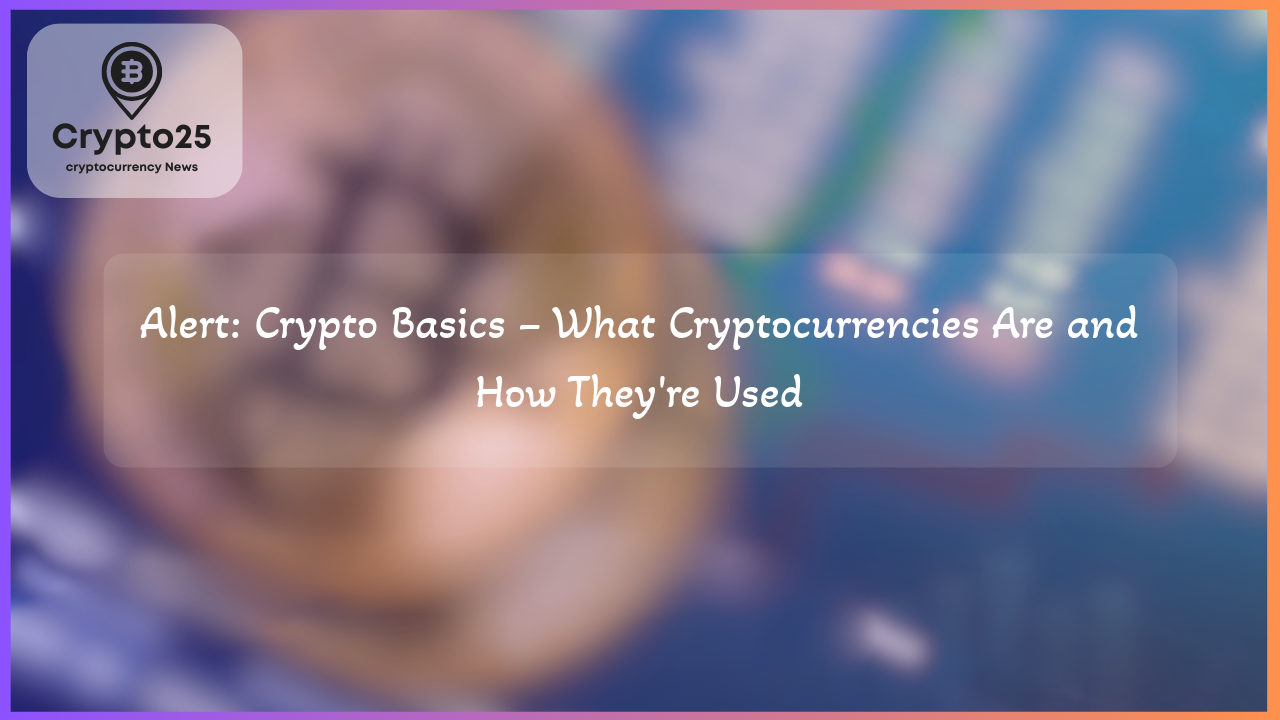
Utility tokens are essential components of blockchain ecosystems, powering decentralized platforms and enabling innovative use cases. Unlike cryptocurrencies like Bitcoin, these tokens focus on granting access to services, features, or products within blockchain-based networks. This guide delves into the nature of utility tokens, their role, and why they stand as key drivers in the growing Web3 economy.
## What Are Utility Tokens: Understanding Their Functionality
Utility tokens are specific types of digital tokens that provide access to a product or service within a particular blockchain environment. They function as a gateway to features rather than representing equity in a project, unlike security tokens. When holding a utility token, users unlock various functionalities, such as premium features, decentralized finance (DeFi) tools, and in-game rewards.
For instance, the Basic Attention Token (BAT) leverages its utility features within the Brave browser, rewarding users and creators while ensuring a streamlined and ad-free browsing experience. Unlike traditional investments, the value of utility tokens is intrinsically tied to their specific use cases. Governments often regulate them less stringently than other token categories since they do not inherently grant ownership rights or profits.
The importance of utility tokens lies in their ability to decentralize operations, incentivize users, and enhance blockchain ecosystems, making them vital elements in the rapidly expanding Web3 infrastructure.
## Key Features That Differentiate Utility Tokens
Unlike conventional cryptocurrencies, utility tokens are uniquely designed to serve a targeted purpose within a blockchain ecosystem. Their worth isn’t rooted in speculation or broader market dynamics; instead, it’s linked to their functional roles, such as granting access to decentralized platforms or enabling specific blockchain activities.
A prominent example is Filecoin (FIL), which allows users to purchase decentralized storage space across its innovative Web3 network. Projects strategically develop utility tokens to encourage robust participation, such as rewarding users for contributions or charging tokens to access premium features. As demand for a platform rises, the demand for its utility token often increases, boosting its inherent value.
The standout feature of utility tokens is their usage-driven value framework. This unique characteristic underscores their importance in streamlining operations across dApps (decentralized apps), blockchain games, and decentralized finance protocols.
## How Utility Tokens Work within Blockchain Ecosystems
Utility tokens are created using smart contracts on a blockchain, most commonly leveraging standards like Ethereum’s widely adopted ERC-20 protocol. These smart contracts establish rules for transactions, usage, and governance. Unlike standalone cryptocurrencies such as Bitcoin, utility tokens depend on existing blockchain infrastructure for seamless operations across wallets and platforms.
For example, when interacting with a dApp, its smart contracts use utility tokens for specific functions such as verifying token balances, processing transactions, or granting access to services. The process is automated and transparent, ensuring efficient operations within the platform’s ecosystem.
It is worth noting that the immutable nature of blockchain technology presents both opportunities and risks. Once deployed, utility token mechanisms cannot be easily altered, underscoring the importance of rigorous audits during development.
Here’s a basic overview of utility token functionality:
| Function | Purpose |
|---|---|
| Access Services | Unlocks app features and premium content |
| Transaction Payments | Covers fees for decentralized operations |
| Smart Contract Interactions | Automates blockchain-based functionalities |
Utility tokens are primarily built to serve platforms, and their growth directly correlates with the platform’s user adoption and scalability.
## Prominent Examples of Utility Tokens in Action
Hundreds of blockchain ecosystems rely on utility tokens, but only a select few stand out in functionality and market adoption. Here are four notable examples of utility tokens successfully driving ecosystems forward:
### Binance Coin (BNB)
The Binance ecosystem’s flagship token, BNB, is designed to reduce trading fees, power decentralized applications on Binance Smart Chain, and facilitate token sales. Initially launched on Ethereum before migrating to its native blockchain, BNB illustrates how utility tokens can scale with a platform’s growth.
### Chainlink (LINK)
LINK serves as Chainlink’s utility token, connecting smart contracts to real-world data. This decentralized oracle network pays node operators and ensures data reliability, solidifying its position as an essential utility in the expanding DeFi landscape.
### The Sandbox (SAND)
SAND powers The Sandbox metaverse, allowing users to create, monetize, and explore virtual experiences. It enables purchases of virtual land, premium upgrades, and governance participation while integrating with NFTs for immersive gameplay.
### Filecoin (FIL)
As a native token, FIL drives the decentralized storage economy by enabling users to rent or pay for storage. Unlike speculative tokens, FIL’s value is tied wholly to its functional role within a rapidly growing Web3 service.
## Comparing Utility Tokens with Other Types of Tokens
Different types of crypto tokens exist, all serving distinct functions. Understanding these differences can help users determine which token aligns with their needs.
### Utility Tokens vs. Security Tokens
Utility tokens provide access to services, while security tokens signify ownership or investment. For example, Ethereum’s ERC-20 tokens enable use-case-driven actions, whereas regulatory-compliant security tokens mirror traditional investment instruments like shares or bonds.
### Utility Tokens vs. Governance Tokens
Governance tokens, like UNI from Uniswap, grant decision-making power in decentralized systems. Conversely, utility tokens focus solely on accessing features or dApp functionalities without governance rights.
### Utility Tokens vs. Payment Tokens
Unlike payment tokens—such as Bitcoin or Ripple (XRP)—designed for transferring value, utility tokens operate within specific blockchain ecosystems to unlock features like asset purchases, in-game upgrades, or cloud services.
## The Role of Utility Tokens in Blockchain’s Future
Utility tokens are integral to the blockchain industry, enabling decentralized applications, metaverse development, and advanced gaming ecosystems. With unique use cases and network-specific roles, they are catalysts for innovation in decentralized services.
Although utility tokens are not designed for investment, their value can grow as more users adopt their native platforms. Whether for gaming, DeFi, or NFT applications, utility tokens remain essential tools driving Web3 advancements. Always research utility token projects thoroughly to identify their potential and legitimacy.
